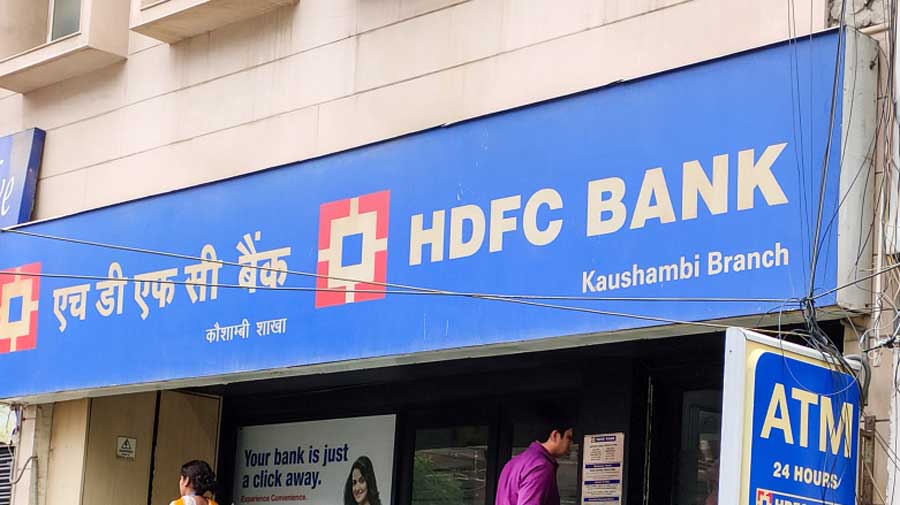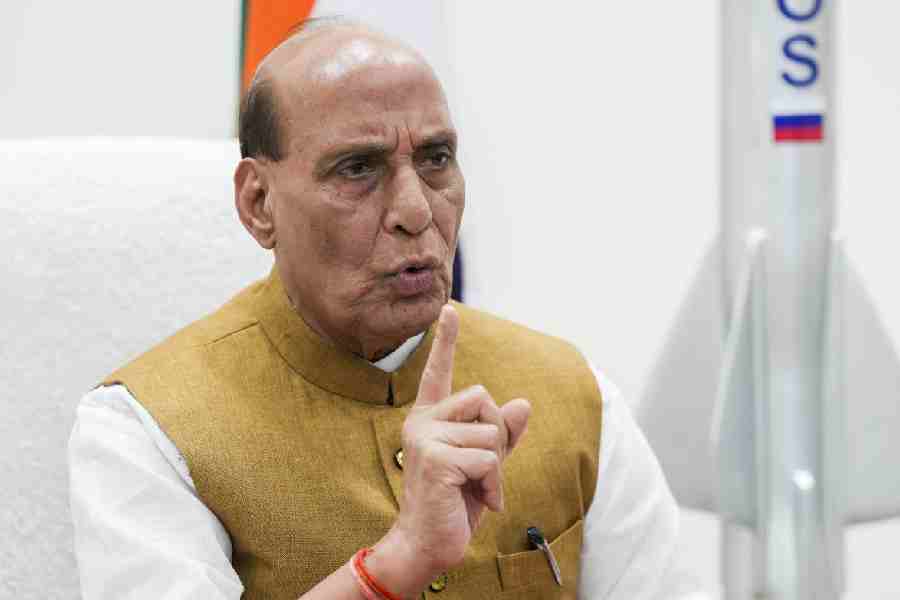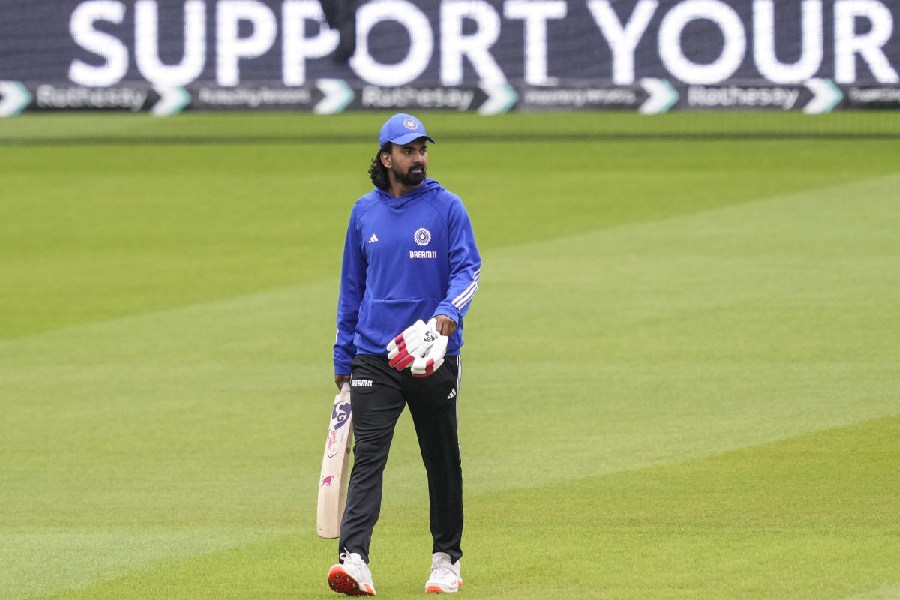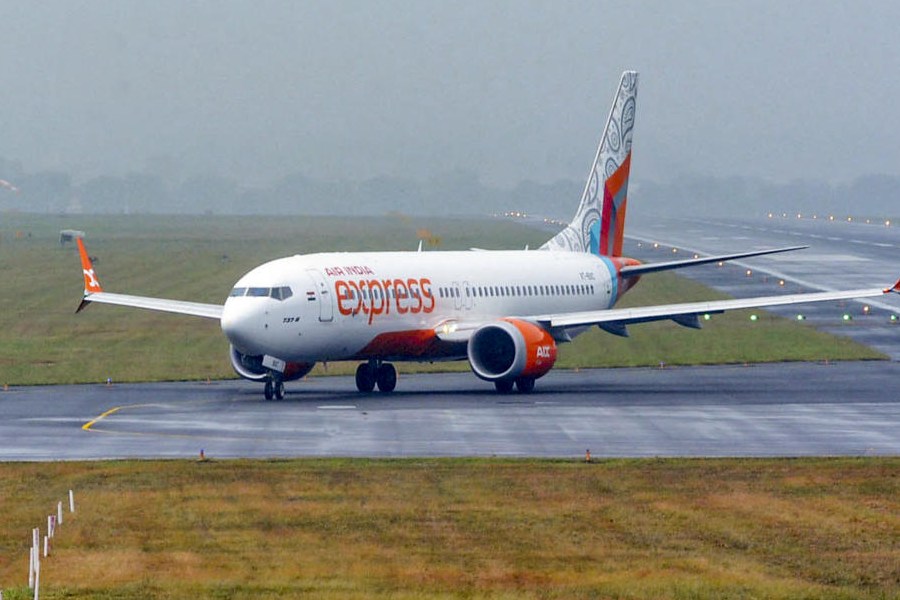The HDFC twins stumbled on the markets on Tuesday as investors fretted about the regulatory hurdles before the mega-merger that will create a financial giant with a loan book of Rs 18 lakh crore.
The HDFC Bank share slipped around 3 per cent to close at Rs 1,607.95 on the BSE, while parent HDFC ended lower 2.12 per cent at Rs 2,622. On Monday, the stock markets gave a thumbs up to the merger with both the counters surging over 9 per cent.
Brokerages have pointed out the economies of scale in the merger adding the deal was a win-win one for all the parties concerned. HDFC would gain from lower funding cost, while HDFC Bank is eyeing cross-selling opportunities to HDFC’s home loan borrowers.
Analysts have flagged certain regulatory uncertainties or costs arising out of the merger. There are doubts in their minds on the fate of the insurance and asset management arms of HDFC.
On Monday, HDFC said its subsidiaries or associates will become subsidiaries or associates of HDFC Bank.
The moot point is whether the RBI will allow HDFC Bank to retain HDFC’s stake in HDFC Life and HDFC Ergo. HDFC holds 48 per cent in HDFC Life and 51 per cent in the general insurance joint venture (HDFC Ergo). It also holds 53 per cent in HDFC Asset Management Company.
According to the top management of HDFC Bank, banks must either have at least 50 per cent stake in a life insurance company or below 30 per cent.
Analysts have cited precedents that have led to uncertainties in the case of the HDFC merger.
The RBI did not allow Axis Bank to directly own more than 10 per cent in Max Life, while directing ICICI Bank to bring down its shareholding in ICICI Lombard to below 30 per cent.
Holding company
The analysts said the RBI may want a non-operative financial holding company (NOFHC) for these businesses. But this would increase the costs of the merger as stamp duties and taxation would come into play.
“The current merger structure, including the transfer of non-lending businesses to HDFC Bank, may not comply with holding structure norms to be proposed by the RBI, and thus could face a regulatory hurdle,’’ analysts at Emkay said in a note.
The brokerage said the bank has to reduce its stake in the existing insurance company to 30 per cent.
“Thus, the bank will have to sell its stake in the insurance business, including HDFC Life.’’ the brokerage said in the note.
Priority sector loans poses another challenge to the merged entity will come from having to lend 18 per cent of the HDFC book to agriculture sector which forms part of the priority sector lending (PSL) rules.
HDFC’s loan book stood at almost Rs 5.26 trillion for the quarter ended December 31, 2021. This would mean that the bank will have to provide Rs 94,000 crore towards the agriculture sector which could pose a challenge to the combined entity.










